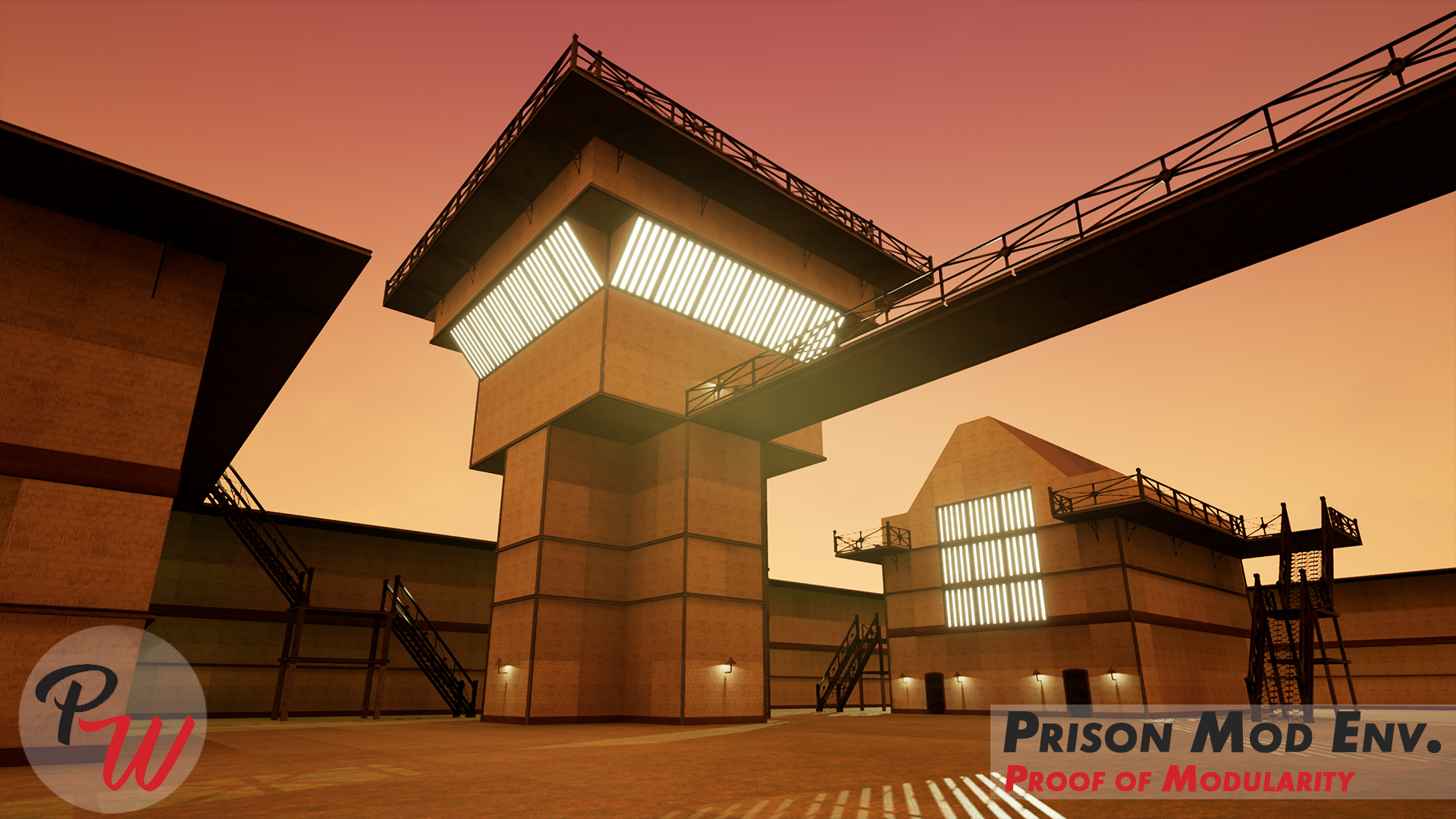TEXTURES
Seamless PBR materials made specifically for use in Unreal Engine 4. Materials were authored with 8-bit Grayscale textures and the ability to add color through material blueprint with masks. Materials were created in Substance Designer, and with little modification, variant texture maps could be created and plugged in to allow for vertex painting. Case in point, the Tile material was created from the Brick material, and the Metal material was given parameters to control the wear and grime amount.




















